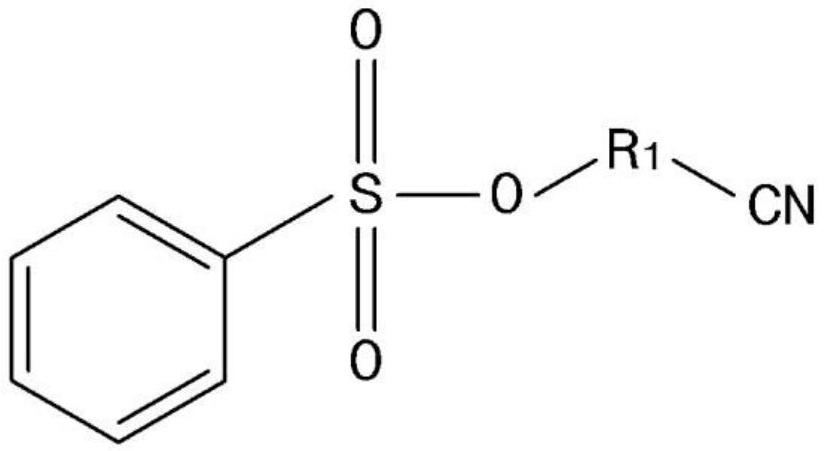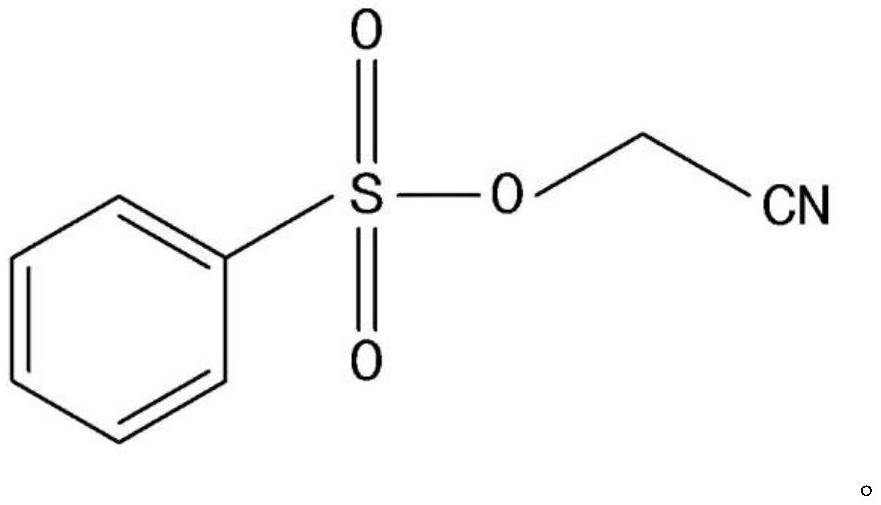Non-aqueous electrolytic solution, and lithium secondary battery comprising same
A non-aqueous electrolyte, lithium secondary battery technology, applied in non-aqueous electrolyte batteries, non-aqueous electrolytes, secondary batteries, etc., can solve the problems of increased resistance, inapplicability, etc., to improve high-temperature life and improve high-temperature storage performance. Effect
- Summary
- Abstract
- Description
- Claims
- Application Information
AI Technical Summary
Problems solved by technology
Method used
Image
Examples
Embodiment 1
[0140] (preparation of non-aqueous electrolyte)
[0141] LiPF 6 Dissolved in 98.5 g of non-aqueous organic solvent in which ethylene carbonate (EC) and ethylmethyl carbonate (EMC) were mixed in a volume ratio of 30:70, so that LiPF 6 The concentration of is 1.0 M, and thereafter, a nonaqueous electrolyte is prepared by adding 0.5 g of the compound represented by the formula I-1 and 1.0 g of the compound represented by the formula II-1 as additives.
[0142] (preparation of positive electrode)
[0143] Lithium-nickel-manganese-cobalt-based oxide (LiNi 0.8 co 0.1 mn 0.1 o 2 ; NCM811), carbon black as a conductive agent and polyvinylidene fluoride (PVDF) as a binder are added in N-methyl-2-pyrrolidone (NMP) as a solvent in a weight ratio of 90:5:5, A cathode active material slurry (solid content: 48% by weight) was thus prepared. A 100 μm thick positive electrode current collector (Al thin film) was coated with the positive electrode active material slurry, dried and rolle...
Embodiment 2
[0149] A lithium secondary battery was prepared in the same manner as in Example 1, except that LiPF 6 Dissolved in 98.0g non-aqueous organic solvent, making LiPF 6 The concentration of is 1.0 M, and thereafter, a nonaqueous electrolyte is prepared by adding 1.0 g of the compound represented by the formula I-1 and 1.0 g of the compound represented by the formula II-1 as additives.
Embodiment 3
[0151] A lithium secondary battery was prepared in the same manner as in Example 1, except that LiPF 6 Dissolved in 98.0g non-aqueous organic solvent, making LiPF 6 The concentration of is 1.0M, and thereafter, a nonaqueous electrolyte is prepared by adding 1.5 g of the compound represented by the formula I-1 and 0.5 g of the compound represented by the formula II-1 as additives.
PUM
 Login to View More
Login to View More Abstract
Description
Claims
Application Information
 Login to View More
Login to View More - R&D
- Intellectual Property
- Life Sciences
- Materials
- Tech Scout
- Unparalleled Data Quality
- Higher Quality Content
- 60% Fewer Hallucinations
Browse by: Latest US Patents, China's latest patents, Technical Efficacy Thesaurus, Application Domain, Technology Topic, Popular Technical Reports.
© 2025 PatSnap. All rights reserved.Legal|Privacy policy|Modern Slavery Act Transparency Statement|Sitemap|About US| Contact US: help@patsnap.com



